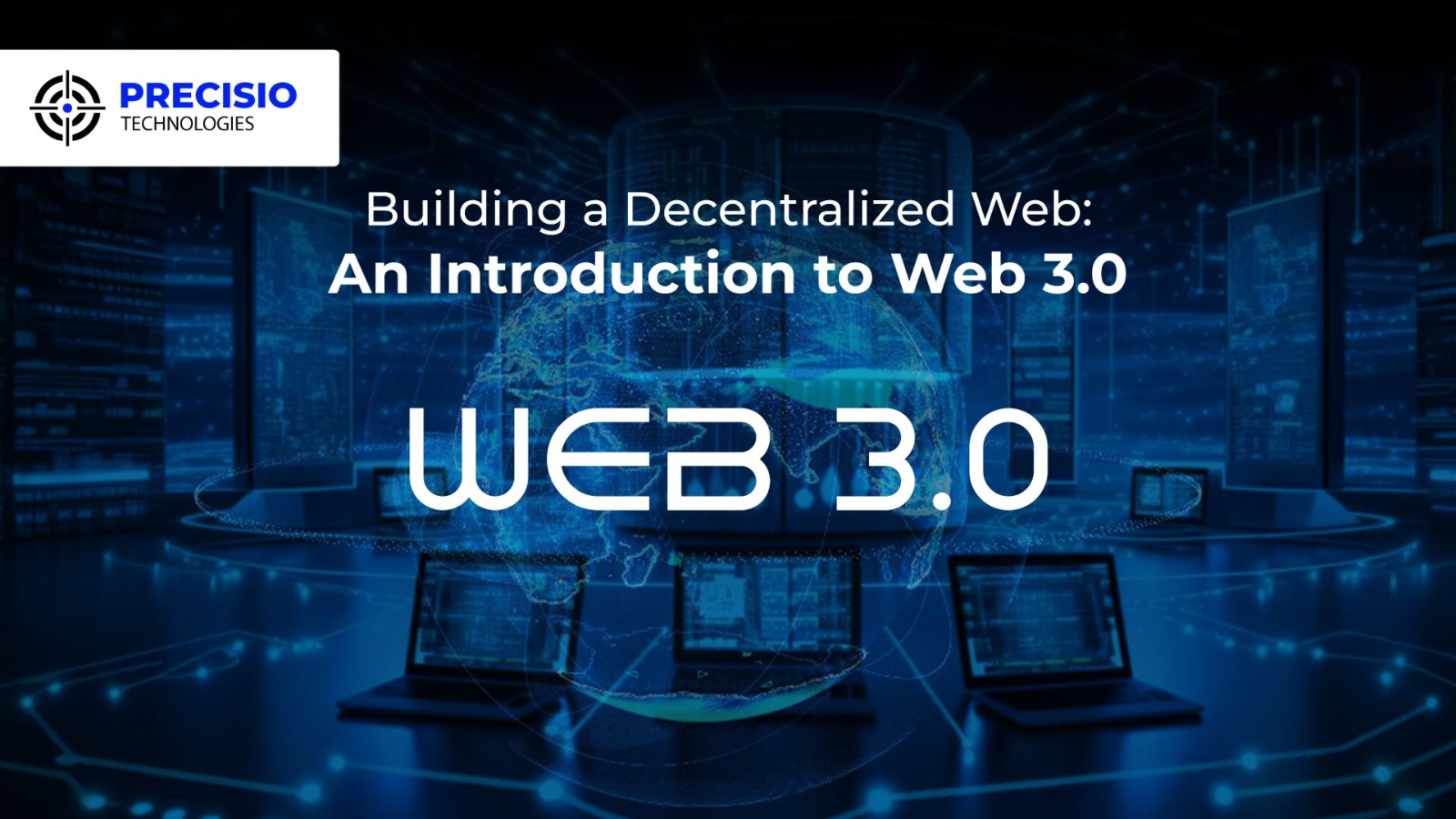
The growth of the Internet in the past few years is surprising. With the advancing century, people consume and access information through the World Wide Web, which has significantly shifted from Web 1.0’s static, information-providing websites to Web 2.0’s interactive, user-generated content. Web 3 claimed to proclaim a fundamental shift in the provision of online services towards decentralization.
What is Web 3.0?
Web 3.0, also known as the decentralized web, is a vision of the future evolution of the internet. Unlike Web 2.0, where companies like Google and Facebook occupy the central position, Web 3.0 all want a web secured by blockchains and distributed ledgers with unalterable transaction histories. This decentralization promises several advantages:
- Increased Security: Using the blockchain feature, data is encrypted and distributed across the internet network to several computers, hence making it difficult for hackers to penetrate and steal. Different from centralized servers, attacks on the blockchain network can only be initiated when a greater percentage of the nodes is compromised within the network, thereby making it highly secure.
- Enhanced Privacy: Web 3.0 users own and have control over their data as compared to Web 2.0. This eliminates the need for one to use a centralized platform that collects and monetizes user information. Imagine a situation where one can use social media platforms and never create an account and have total control over the information that is shared with every application.
- Censorship Resistance: The freedom and decentralization of the Internet also minimize the potential of hindering or limiting information. This helps to increase the freedom of speech and enables the public to debate and have an open society in all aspects of their lives.
- Greater User Control: It generates an opportunity through which users can be involved in the decision-making of the platforms they employ. Think about voting on the policies adopted on the platform or getting a share of the revenues of the platform in consideration of your input.
The Pillars of Web 3.0
Web 3.0 is supported by several important technologies:
- Blockchain: These are applications that operate on blockchains or are decentralized platforms, which can be viewed as enhanced counterparts to common Web applications. It might sound like a dream, utopian idea to create a social network where you are the master of your data and you have the right to transport your information to any platform you prefer.
- Semantic Web: The modern Web is based on keywords that identify the content of the information collected. The semantic web aims to provide a machine-understandable web of data to help intelligent and better applications. How would it be to have a web where the search engines are strongly capable of comprehending the context of your entries and returning appropriate outcomes?
- Artificial Intelligence (AI): People can make use of AI systems to customize the user experience and create intelligent applications for Web 3.0. For example, AI can be used as a filter for the contents, as a suggestion for a particular service, or as the foundation for new types of artistry.
The Web 3.0
Web 3.0 is still in its nascent stages, but several applications are already emerging, shaping the future of the Internet:
- Decentralized Applications (dApps): These are applications that operate on blockchains or are decentralized platforms that can be viewed as enhanced counterparts to common Web applications. It might sound like a dream, utopian idea to create a social network where you are the master of your data and you have the right to transport your information to any platform you prefer.
- Decentralized Finance (DeFi): DeFi is decentralized finance, which supports users’ direct, peer-to-peer fund transactions without the intermediation of banks. This could significantly transform the nature of financial inclusion and would be especially beneficial to people who are either marginally connected to the formal financial system or.
- Non-Fungible Tokens (NFTs): NFTs are a digital form of property rights that can be expressed to represent ownership of digital media such as art, collectables, and tangible goods. NFTs open up new opportunities for artists and graphic designers to get paid for their work and for residents to own exclusive pieces.
Challenges and Considerations
While Web 3.0 holds immense potential, some challenges need to be addressed before it can achieve widespread adoption:
- Scalability: These are applications that run on blockchains and offer a more secure and transparent alternative to traditional web applications. Imagine a social media platform where you own your data and can move it freely between different platforms.
- User Adoption: DeFi enables peer-to-peer financial transactions without relying on traditional financial institutions. This could revolutionize access to financial services, especially for those currently underserved by the traditional banking system.
- Regulation: The decentralized nature of Web 3.0 poses regulatory challenges for governments. Establishing clear rules that encourage innovation while protecting consumers will be critical to the healthy growth of Web 3.0.
Conclusion:
Web 3.0 has the potential to change the way we use the internet completely. With a focus on security, decentralization, and user control, Web 3.0 promises a more equal and free online environment. However, before Web 3.0 can truly change the internet, issues such as scalability, user acceptance, and regulation must be resolved.
